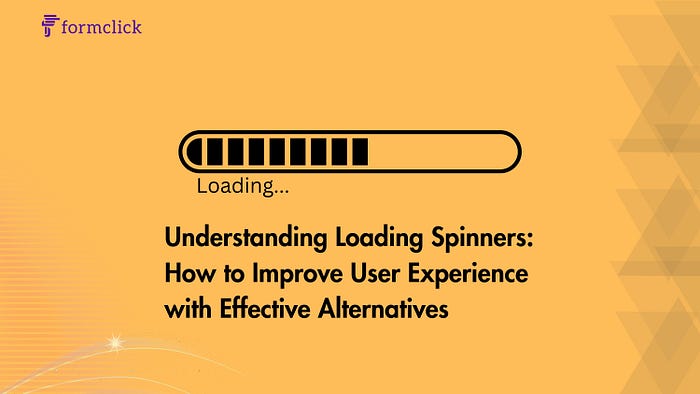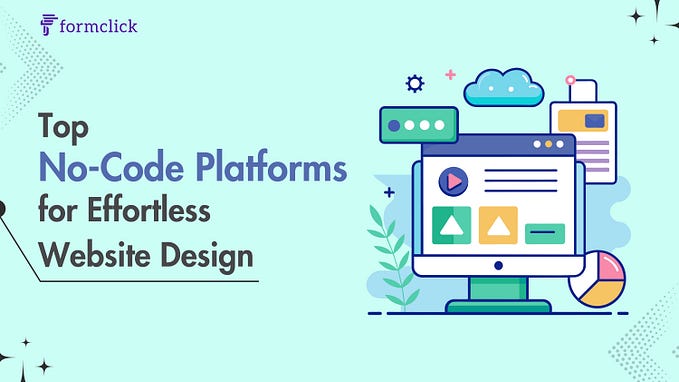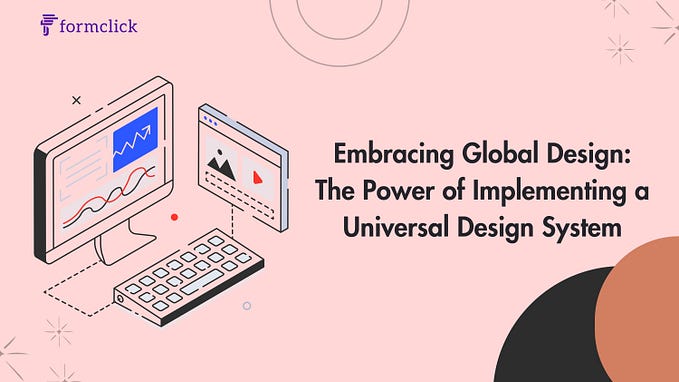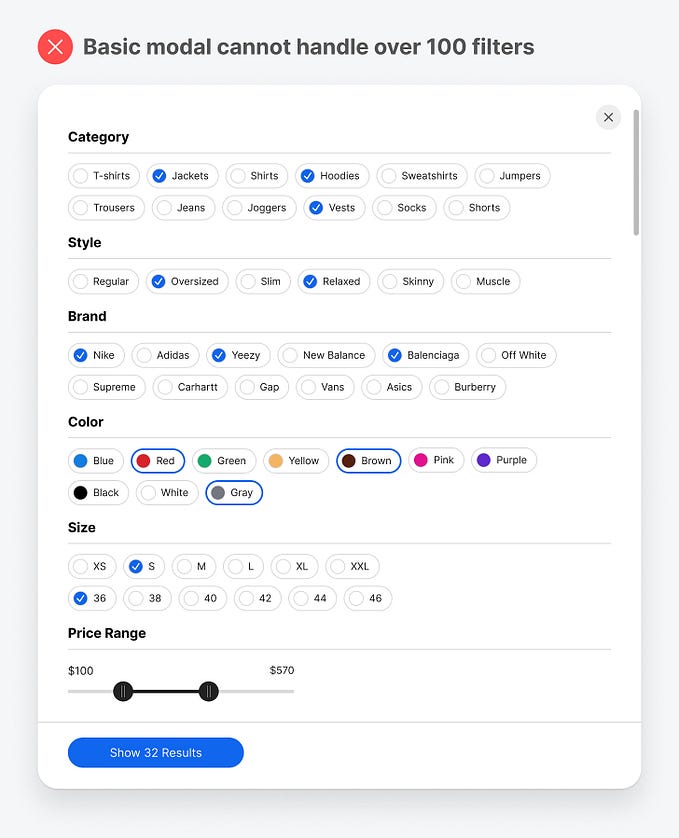Understanding Loading Spinners: How to Improve User Experience with Effective Alternatives

Loading spinners are ubiquitous in web and mobile applications, providing users with visual feedback that content is being loaded. However, while they serve an important function, loading spinners are not always the best solution for every situation. This blog will explore the purpose of loading spinners, their benefits and drawbacks, and alternative methods for improving user experience (UX) during load times.
The Purpose of Loading Spinners
Loading spinners, often represented as a rotating circle or other animated graphic, indicate to users that a process is underway and that they should wait. The primary purposes of loading spinners include:
- Providing Feedback: They let users know that their action has been acknowledged and the system is working on it.
- Reducing Uncertainty: They reassure users that the application is functioning and not frozen or broken.
- Managing Expectations: They set expectations about wait times, reducing frustration.
Benefits of Loading Spinners
- Visual Feedback: Spinners provide immediate visual feedback that an operation is in progress.
- Simplicity: They are easy to implement and universally understood by users.
- Consistency: They offer a consistent experience across different platforms and applications.
Drawbacks of Loading Spinners
Despite their advantages, loading spinners have several drawbacks:
- Perceived Delay: Spinners can make users more aware of delays, increasing frustration.
- Lack of Information: They don’t provide any information about how long the wait will be.
- Monotony: Watching a spinner can be monotonous and boring for users.
Alternatives to Loading Spinners
To enhance UX during load times, consider these alternatives to traditional loading spinners:
1. Progress Bars
Progress bars show the percentage of a task completed, giving users a sense of advancement and an estimate of remaining time.
Example:
<div class="progress-bar">
<div class="progress" style="width: 70%;"></div>
</div><style>
.progress-bar {
width: 100%;
background-color: #e0e0e0;
}.progress {
width: 0;
height: 20px;
background-color: #76c7c0;
transition: width 0.5s;
}
</style>
2. Skeleton Screens
Skeleton screens are empty states that progressively fill in with content, giving users the illusion that the content is loading faster.
Example:
<div class="skeleton">
<div class="skeleton-text"></div>
<div class="skeleton-text"></div>
<div class="skeleton-text"></div>
</div><style>
.skeleton {
display: flex;
flex-direction: column;
gap: 10px;
}.skeleton-text {
width: 100%;
height: 20px;
background-color: #e0e0e0;
animation: shimmer 1s infinite;
}@keyframes shimmer {
0% {
background-position: -100%;
}
100% {
background-position: 100%;
}
}
</style>
3. Content Placeholders
Content placeholders reserve space for the actual content, reducing layout shifts and providing a smoother experience.
Example:
<div class="placeholder">
<div class="placeholder-img"></div>
<div class="placeholder-line"></div>
<div class="placeholder-line"></div>
</div><style>
.placeholder {
display: flex;
flex-direction: column;
gap: 10px;
}.placeholder-img {
width: 100%;
height: 150px;
background-color: #e0e0e0;
}.placeholder-line {
width: 100%;
height: 20px;
background-color: #e0e0e0;
}
</style>
4. Loading Messages
Displaying a brief message or fun fact can engage users during wait times, making the delay feel shorter.
Example:
<div id="loading-message">Loading your content... Did you know that honey never spoils?</div>5. Animation and Micro-interactions
Using subtle animations and micro-interactions can keep users engaged without causing distraction.
Example:
<div class="loading-animation">
<div class="dot"></div>
<div class="dot"></div>
<div class="dot"></div>
</div><style>
.loading-animation {
display: flex;
gap: 5px;
}.dot {
width: 10px;
height: 10px;
background-color: #76c7c0;
border-radius: 50%;
animation: bounce 0.6s infinite alternate;
}@keyframes bounce {
to {
transform: translateY(-10px);
}
}
</style>
Conclusion
While loading spinners have been a staple in UX design for indicating load times, they are not always the best solution. By considering alternatives such as progress bars, skeleton screens, content placeholders, loading messages, and engaging animations, you can provide a more informative and pleasant experience for users. These alternatives not only reduce perceived wait times but also enhance user satisfaction and engagement. As technology and design practices continue to evolve, exploring these alternatives can lead to more innovative and effective ways to handle loading times in your applications.
Originally published on https://formclick.io









